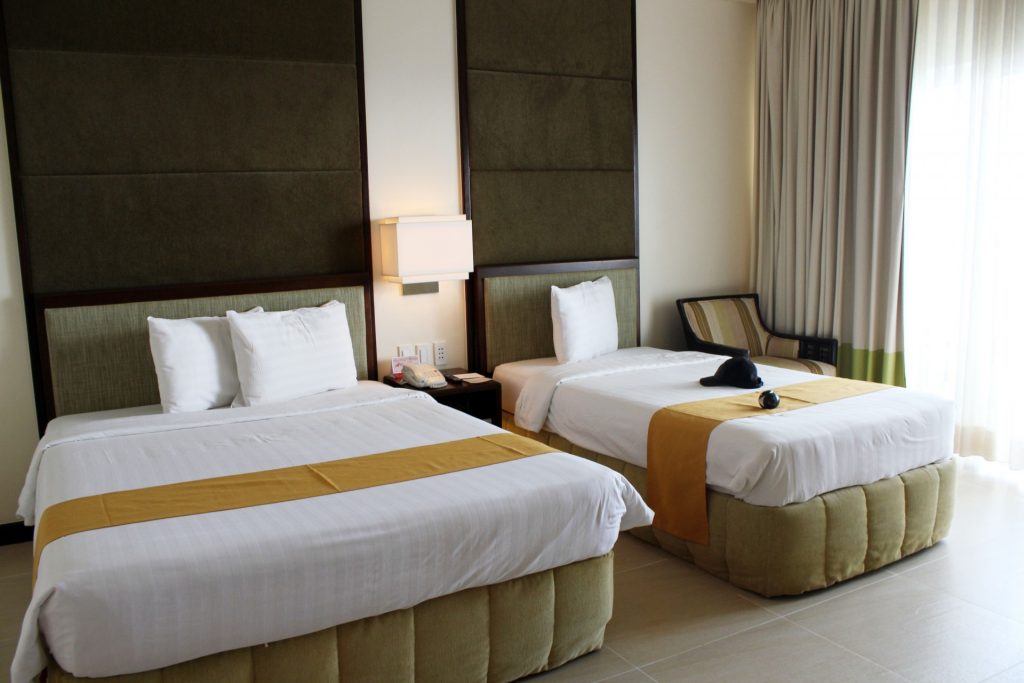
Choosing the right mattress for your kids requires some considerations. Children need to have a restful night than any other age group for developmental reasons. A kid’s mattress, thus, should be one of the most important investments you should make for your loved ones. Therefore, you need to understand the needs of your kids and some unique properties of the mattress. That said, here are some essential factors to consider when buying a mattress for your kid.
Your Child’s Age
Your child’s age has a direct influence on the choice you make. Whether you are buying a mattress for a preschooler or a teen, you should narrow your options based on the size and thickness. Kids are bound to outgrow mattresses, so you need to think about how long you intend to keep the mattress. In case you need to have them share the bed, you might also consider buying the best twin mattress for kids by WellWorthLiving for them.
Spinal Support
One vital attribute of a kid’s mattress is its ability to offer spinal support. The right mattress should provide adequate support for the child’s spine. Considering that a toddler’s spine can grow by up to 1.5 cm at night, a mattress for a toddler needs to be soft enough to avoid interfering with their growth. Innerspring mattresses are undoubtedly the best choice as far as the development of any toddler is concerned.
Durability
Most parents are often tempted to overlook the durability of a mattress, given that a child will outgrow it soon. As much as you do not intend to use the mattress for a long time, it is imperative to invest in a durable mattress. As long as durability goes, durable mattresses tend to offer superior rest quality than less durable mattresses.
Sleeping Position
It is also advisable to consider your kid’s dominant speed position. Ideally, their dominant speed position should give you an idea of how firm the mattress you choose should be. This information might also help you pick the right mattress material. For instance, stomach and back sleepers need a mattress of medium density. Side sleepers, on the other hand, might be just fine with soft to medium density.
Materials
You also need to consider the material used in making the mattress. Organic or natural materials are best for allergic kids. However, most mattress manufacturers today use allergen-resistant materials in the construction of a kid’s mattress. Thus, always ensure that the materials used pose no threat to the well-being of your child.
